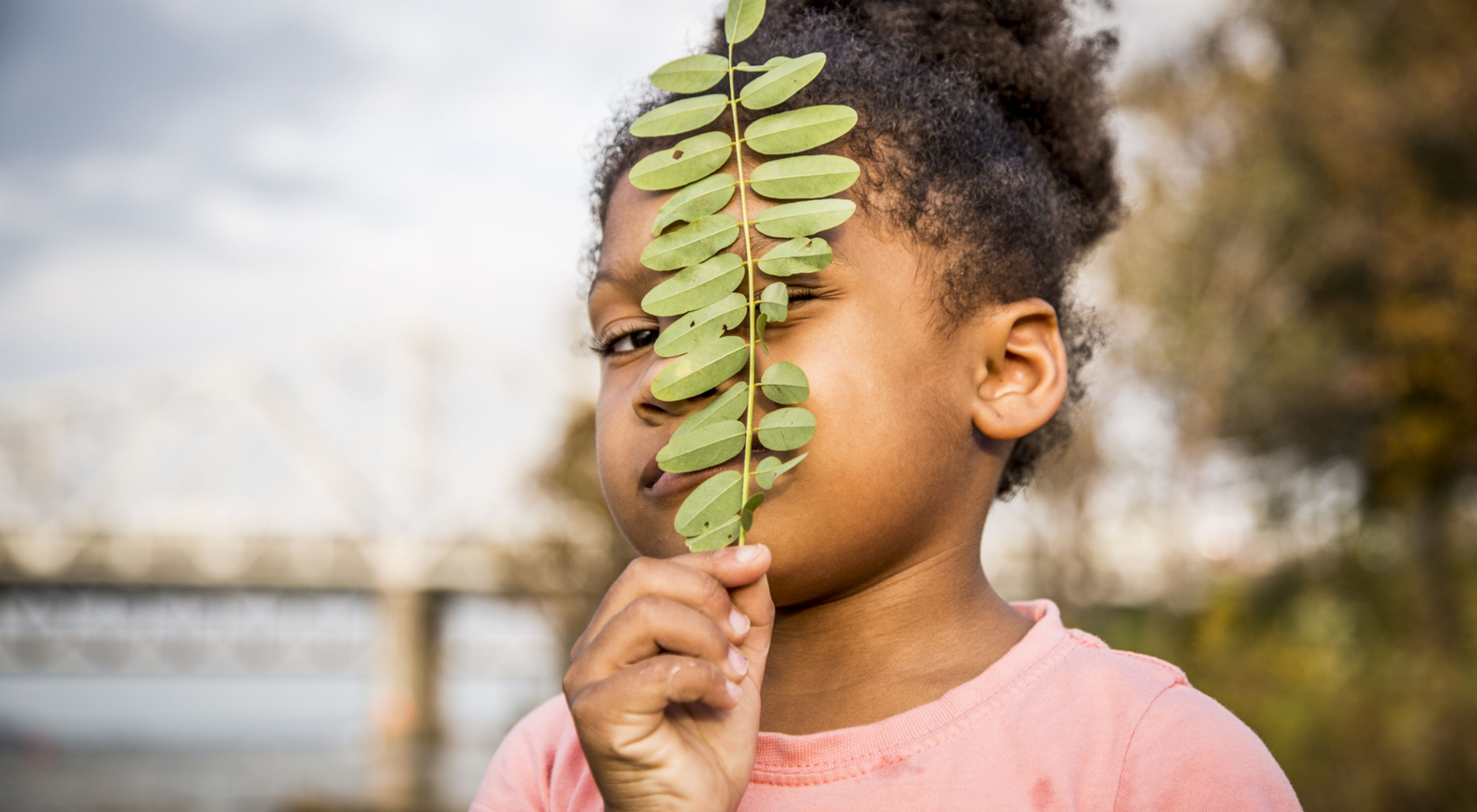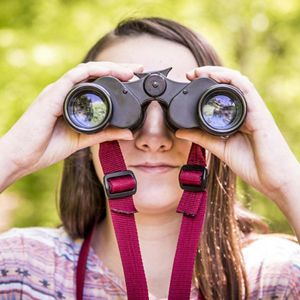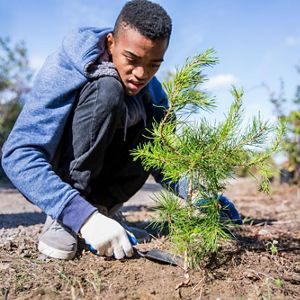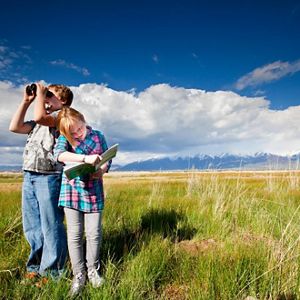- Email: naturelab@tnc.org
-
Follow
All Resources for Ages 5-11 (U.S Grades K-5)
Download our educational resources for students in elementary school. Lessons cover how dirt works, the role of pollinators, how nature filters water, and more! Each lesson plan comes with a free teacher's guide and video.
Teacher Guide
Download the PDFOcean Adventures: Introducing Children to Marine Habitats
Explore a collection of learning guides and activities to help young ones learn about the ocean. Children will discover the wonders of coral reefs, turtle habitats, and the deep sea, while learning fun facts along the way.
Teacher Guide
Download the PDFOsprey: A Success Story
Students in grades 3-6 can conduct an in-depth case study of a formerly endangered species – the osprey. Students will investigate this species and the intentional conservation efforts that brought it from surviving to thriving.
Teacher Guide
Download the PDFHow Dirt Works
Soil sustains plant and animal life, regulates water, filters pollutants, cycles nutrients and supports structures. In this lesson, students learn the value of soil and its role as a natural resource. This lesson uses the video "How Dirt Works" below.
Teacher Guide
Download the PDFThe Role of Soil
Soil is the building block of all natural systems and is a crucial resource for all life on earth. When managed properly, soil supports healthy and productive habitats in your garden and in nature. In this lesson, students conduct soil analyses to understand soil types and determine the health of their garden soil. This lesson uses the video "How Dirt Works" below.
Teacher Guide
Download the PDFHow Water Works in Your Garden
By filtering rainwater and slowing the movement of water to rivers, lakes and oceans, your garden works as a mini-watershed. In this lesson, students calculate the permeable surface area of their garden and periodically measure rainfall amounts, acting as junior hydrologists. Watch the Educator Support Video.
Teacher Guide
Download the PDFFood and Carbon
Students will consider different ways food is produced, transported and consumed and will evaluate how food they grow locally may have a smaller carbon footprint than food found in the grocery store. The Industrial Tomato and The Local Tomato highlight the differences between the two types of tomatoes.
Teacher Guide
Download the PDFGardens as Living Systems
In this lesson, students explore how a garden works as a living natural system. A garden filters water, provides habitat, improves soil, reduces your carbon footprint and engages the community.
Stay connected for the latest resources from Nature Lab
Don't miss new Nature Lab teaching guides and videos. Sign up to get the monthly Nature Lab newsletter with free environmental education materials for educators and families.
Explore Our Youth Curriculum
Access resources aligned to The Nature Conservancy's research and designed specifically for a young audience and classroom use.




